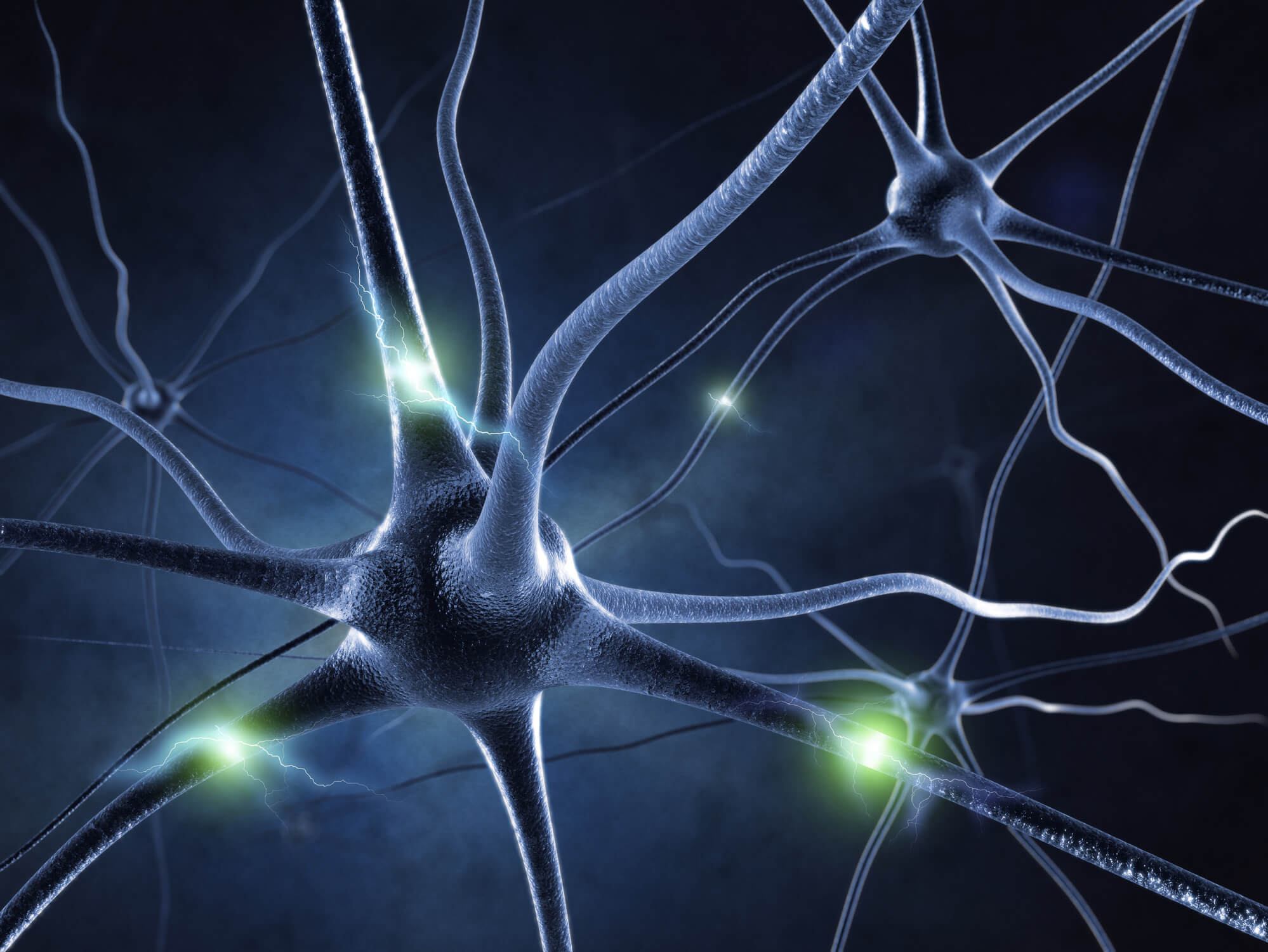The Havening techniques ®– a new component in the treatment of trauma, anxiety and stress
IMPORTANT BEFORE READING FURTHER
The Havening techniques ® are completely new methods, and research in the field has just begun. Although our clients make enthusiastic statements, the impact is only now being documented in clinical research worldwide.
Until these research studies are completed, Havening cannot be considered as an actual treatment.
It can only contribute to the treatment (cf. guidelines).
Read our “Disclamer” before you read on.

What are Havening techniques®?
The feeling of “a safe haven”, which is what happens after the experience of Havening sessions has given the Havening techniques® their name.
The Havening techniques® is a psycho-sensory method invented in 2013 by the NY doctor, Dr. Ronald Ruden, MD, PhD.
With “The Havening Touch”, hands are stroked over the face, arms and hands, a touch reminiscent of a mother’s touch on her baby, creating a very relaxed state where slow delta waves are generated in the brain. The condition enables the processing of anxiety and miraculously opens up for a recoding (depotentiation) of a traumatic event in our primordial brain, the amygdala. Why it works is now thought to have a neuroscientific explanation. For details and activities visit the international organizationen
The feeling of “a safe haven”, which is what happens after the experience of Havening sessions has given the Havening techniques® their name.
The Havening techniques® is a psycho-sensory method invented in 2013 by the NY doctor, Dr. Ronald Ruden, MD, PhD.
With “The Havening Touch”, hands are stroked over the face, arms and hands, a touch reminiscent of a mother’s touch on her baby, creating a very relaxed state where slow delta waves are generated in the brain. The condition enables the processing of anxiety and miraculously opens up for a recoding (depotentiation) of a traumatic event in our primordial brain, the amygdala. Why it works is now thought to have a neuroscientific explanation. For details and activities visit the international organizationen havening.org.
Havening techniques for different purposes
There are different techniques with different therapeutic applications in Havening:
- For trauma, PTSD and phobias
- For anxiety and stress
- For self-help
For trauma, anxiety and stress, guided 1: 1 sessions are always recommended, which can take place online. During these sessions, you are trained in Self-Havening, which can also be used at home without the therapist, at times of inner discomfort. Self-Havening can also be done more systematically as homework using our series of self-help videos, which you get access to as a client.

This is how a session with Havening techniques takes place
Your certified therapist does not need to know the content of your trauma, as with Havening you just have to feel. There is no conversation during the sessions. First, you first choose whether the therapist, or you, should treat yourself to “the Havening touch”. For online sessions, you do it yourself. It too has a pleasant effect.
The gentle, constant touch puts you in a very relaxed and slightly drowsy state lie in REM sleep, just before you fall into deep sleep.
During the continued touch, you are asked to recall the trauma to “feel it” and give it a score of 1-10 on a subjective discomfort scale. SUD 10 is the worst feeling imaginable. Soon after the recall, you are systematically interrupted with a series of concentration-demanding exercises that confuse your brain. We measure your discomfort along the way, while you think briefly about the trauma.
Gradually, the emotional response to the trauma (fight, flight, freeze) changes. The brain’s biological and biochemical “mirror” changes. After a successful session, the trauma can be recalled from memory, without the associated feeling of discomfort (fight, flight, freeze). We do our best to keep going until the feeling of trauma is completely gone, with an SUD 0-1.
We typically work over 3-10 sessions, depending on the number and nature of the traumas, as well as one’s general resilience and stress level.

We treat the whole of you
When you are a client at REbrain Clinic, we take care of ALL of you. We send you to skilled specialists or psychiatrist for treatment and therapy. We help yourself with your diet, lifestyle and your general imbalances. See what an overall course of anxiety, stress, trauma and PTSD can consist of.

Questions and answers about the Havening techniques
Does Havening give side effects?
No side effects have been reported from the now hundreds of certified therapists.
If I have severe symptoms of anxiety, depression or suicidal thoughts
The Havening techniques are not a medical treatment and should not replace the doctor. You may need medication. If you have suicidal thoughts or severe symptoms of anxiety or depression, ALWAYS contact your doctor or the psychiatric emergency services
Can I go to my own psychologist or psychiatrist at the same time?
The Havening techniques nicely complement a regular course with a psychologist, psychiatrist or psychotherapist. The technique has been used by doctors as well as psychologists in the USA, UK, Canada, New Zealand and Australia.
Can I use the Havening techniques with evidence-based EMDR?
We do not recommend this, as the methods have much in common (formation of delta waves in the brain).
How is the Havening techniques explained scientifically?
The Havening techniques’® inventor, doctor Ronald Ruden, MD, PhD, has explained the effect of the treatment right down to the cell and molecular level in a scientific article. It is an interesting article that describes how the primeval brain gets its response to trauma recoded by “depotentiation”. Read the article (1)
What other clinical research supports the efficacy model?
Research shows that the emotional response to trauma is particularly open to influence right after the trauma has been recalled from memory (2). Research also indicates that touch has a positive effect on the processing of emotions (3).
Is there evidence that Havening works?
The first clinical research trials of the method have shown a positive effect on general well-being (4), phobias and anxiety (5) as well as pain (6).
Are there more clinical trials with the Havening techniques now?
Yes, further clinical studies are taking place during 2020. In particular, the trauma psychologist, Dr. Kate Truitt is researching Havening at her trauma center. She was previously traumatized and now cured with the Havening techniques. As of May 2020, only two research articles have been published.
What does a traumatized policeman have to say about the Havening techniques to BBC, London?
Watch this interesting TV report on YouTube: “BBC Breaking news: Policeman gets help for PTSD with the Havening techniques“ https://www.youtube.com/watch?v=uM9gmgBF3m0
What do scientists who have had their own traumas cured do with Havening techniques?
Two researchers have, independently of each other, dedicated their professional lives to the Havening techniques®: trauma psychologist Dr. Truitt, USA, as well as neuroscience literature researcher and civil engineer, Marianne Sandberg MSc., Founder of the REbrain Clinic.
Books on Havening techniques
When the Past Is Always Present: Emotional Traumatization, Causes, and Cures, by Ronald Ruden (buy), Fifteen Minutes to Freedom (Kindle) by Harry Pickens (buy)
Marianne Sandberg is a certified practitioner of Havening Techniques. Havening Techniques® is a registered trade mark of Ronald Ruden, 15 East 91st Street, New York www.havening.org